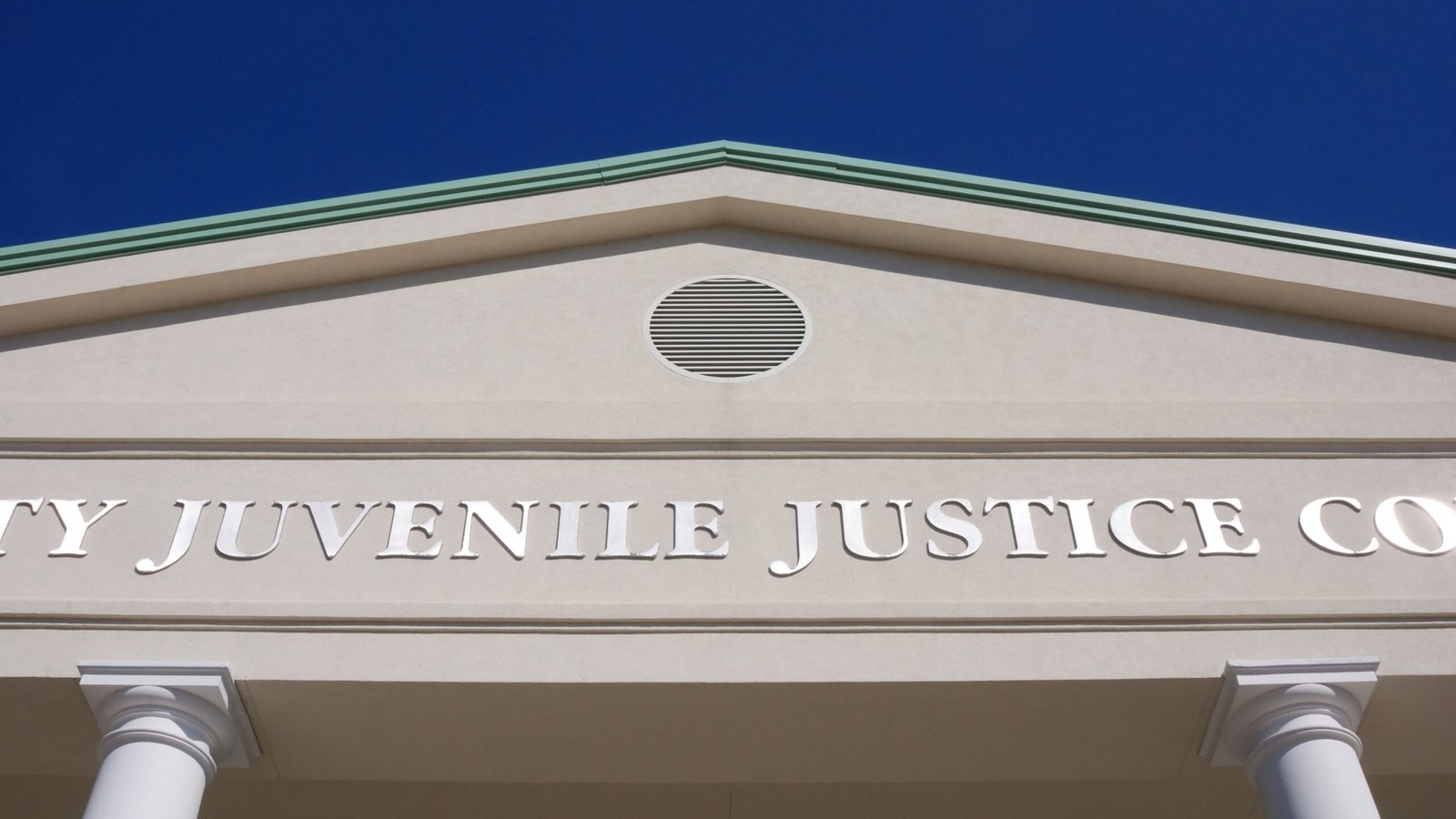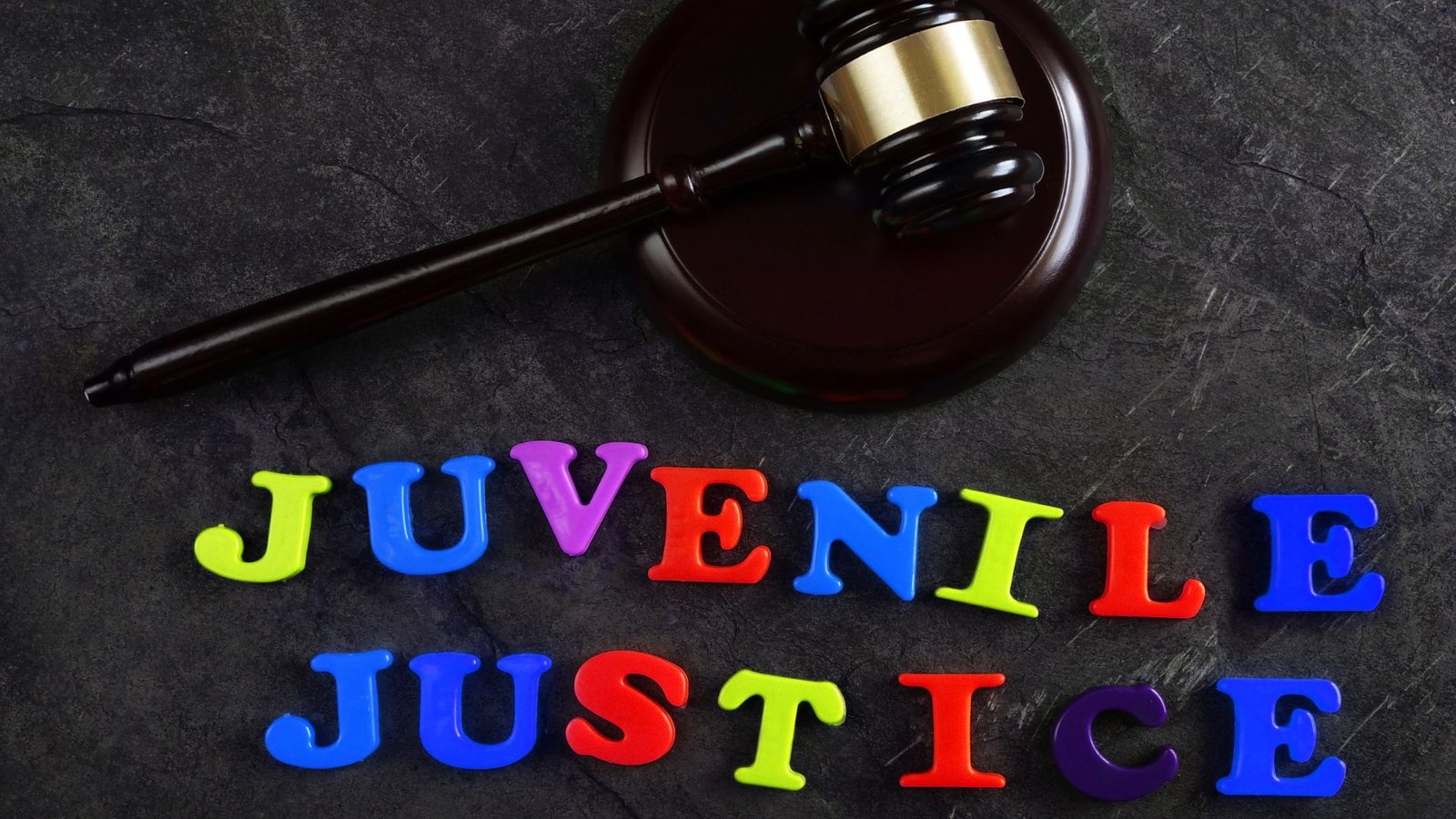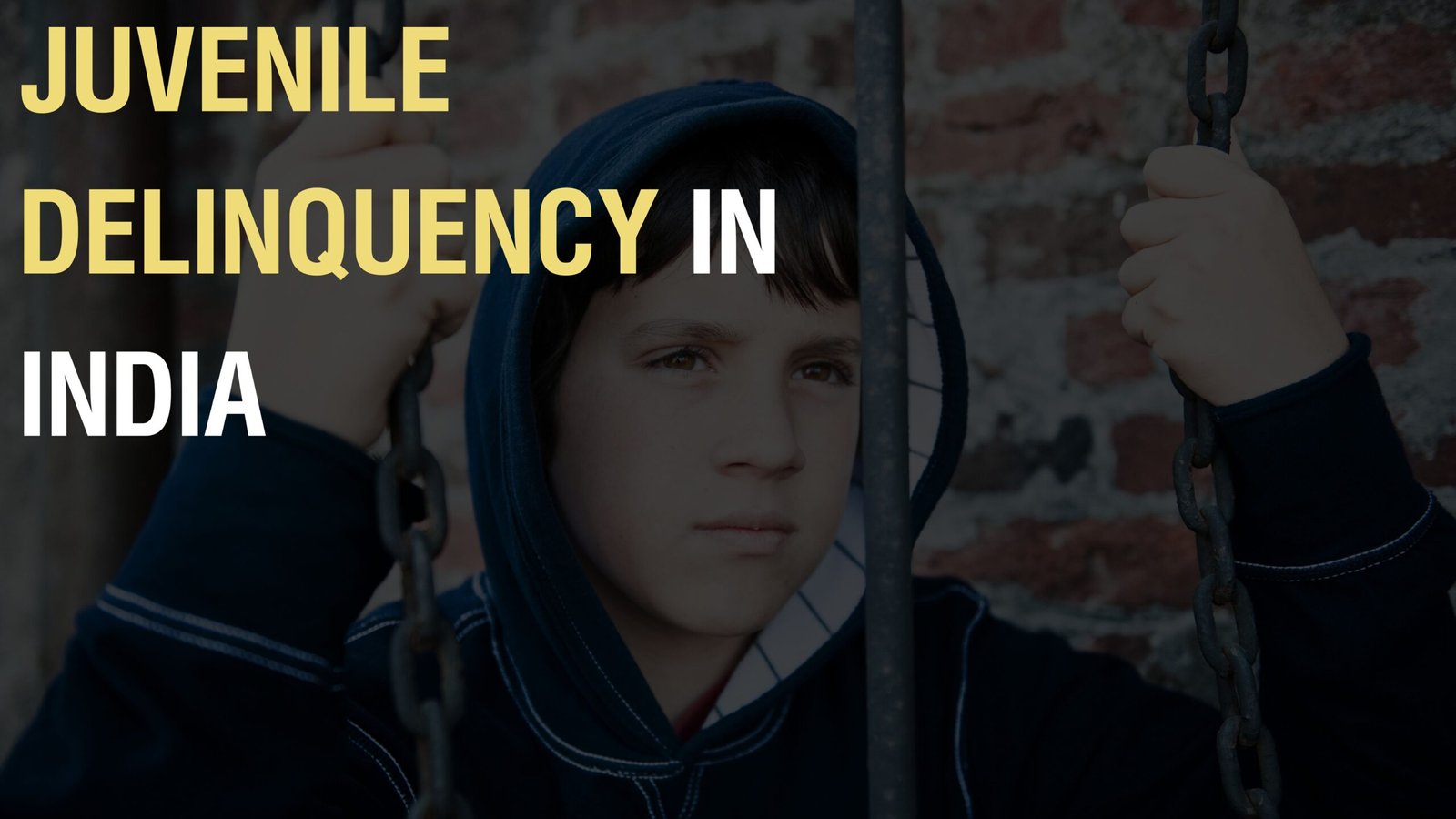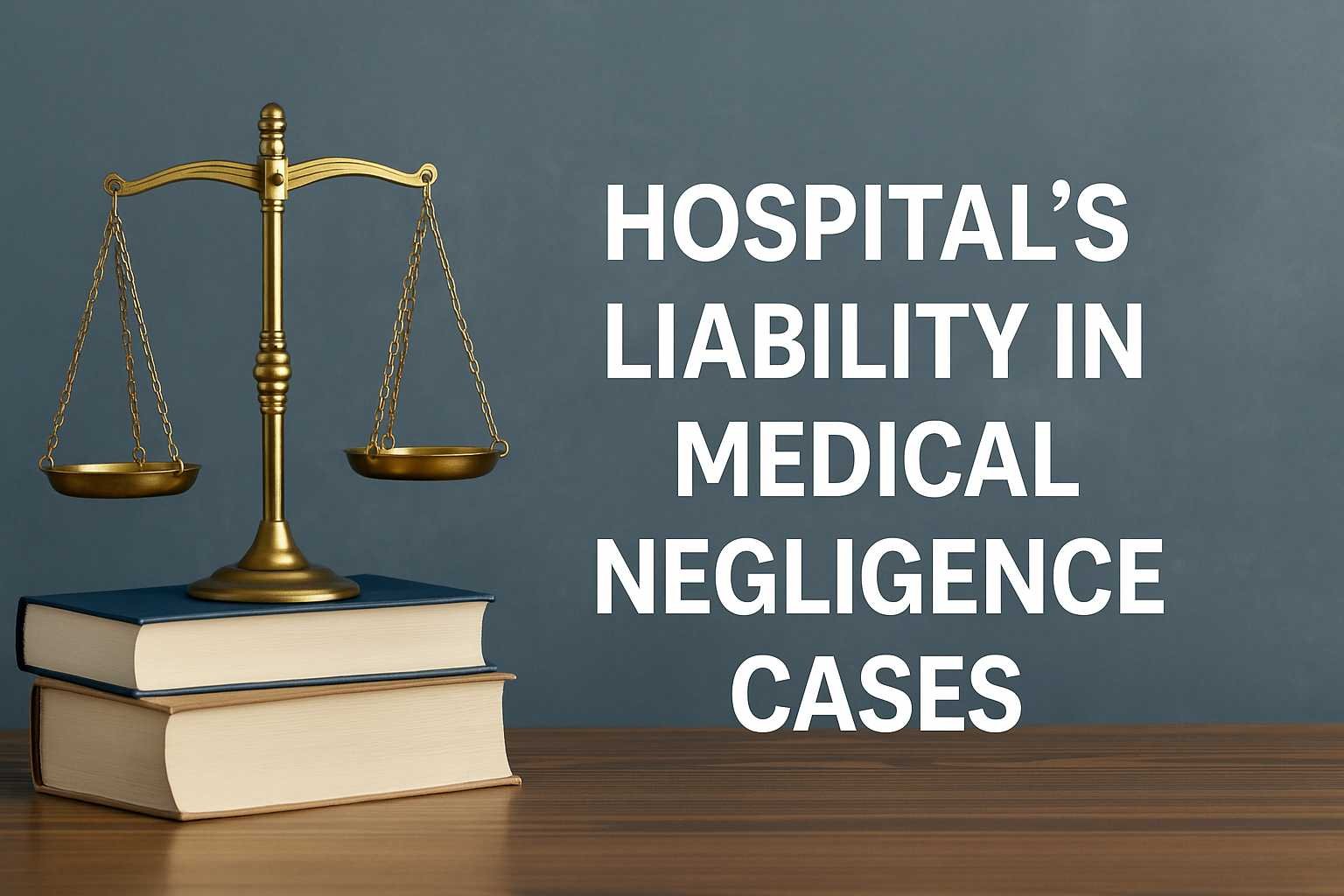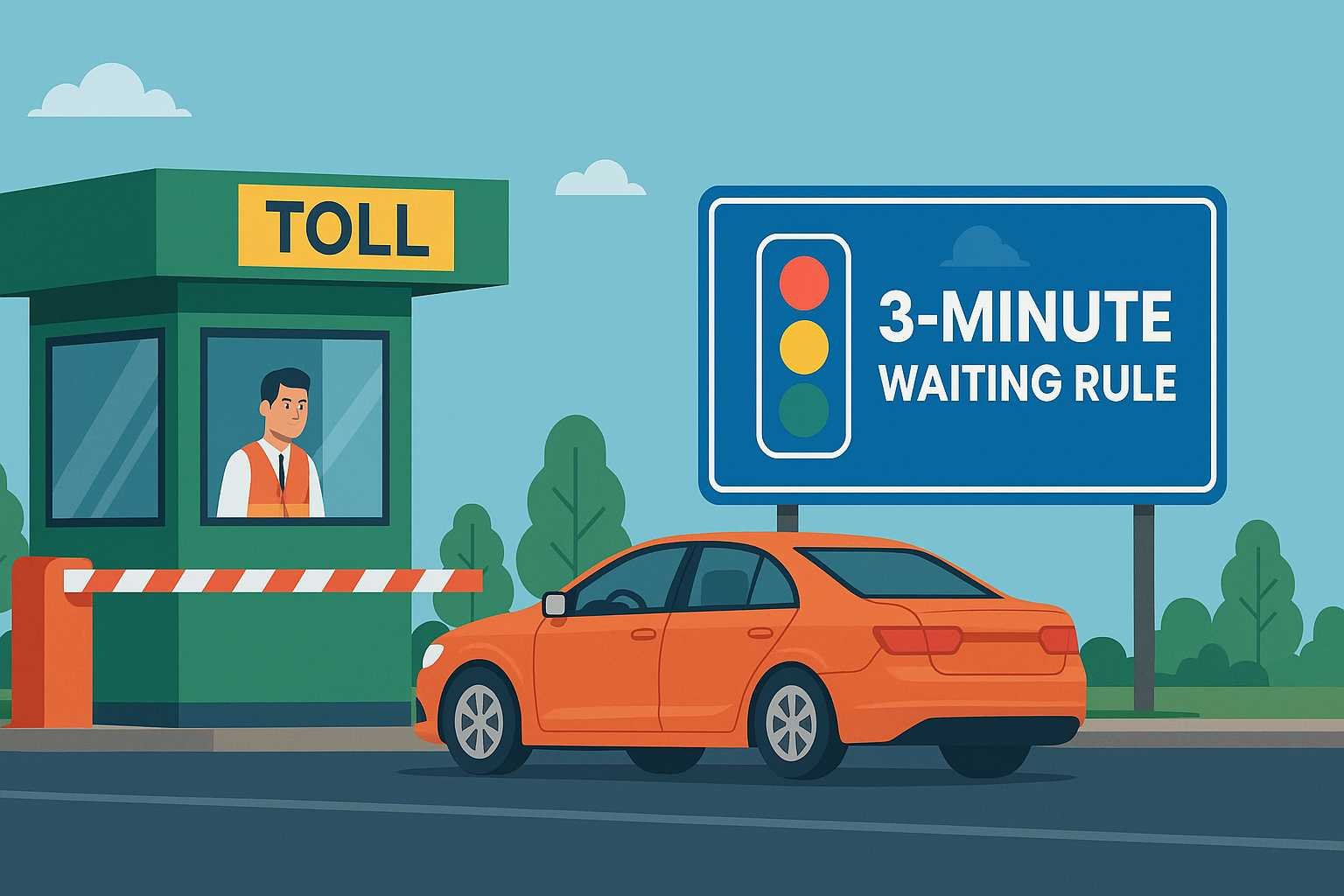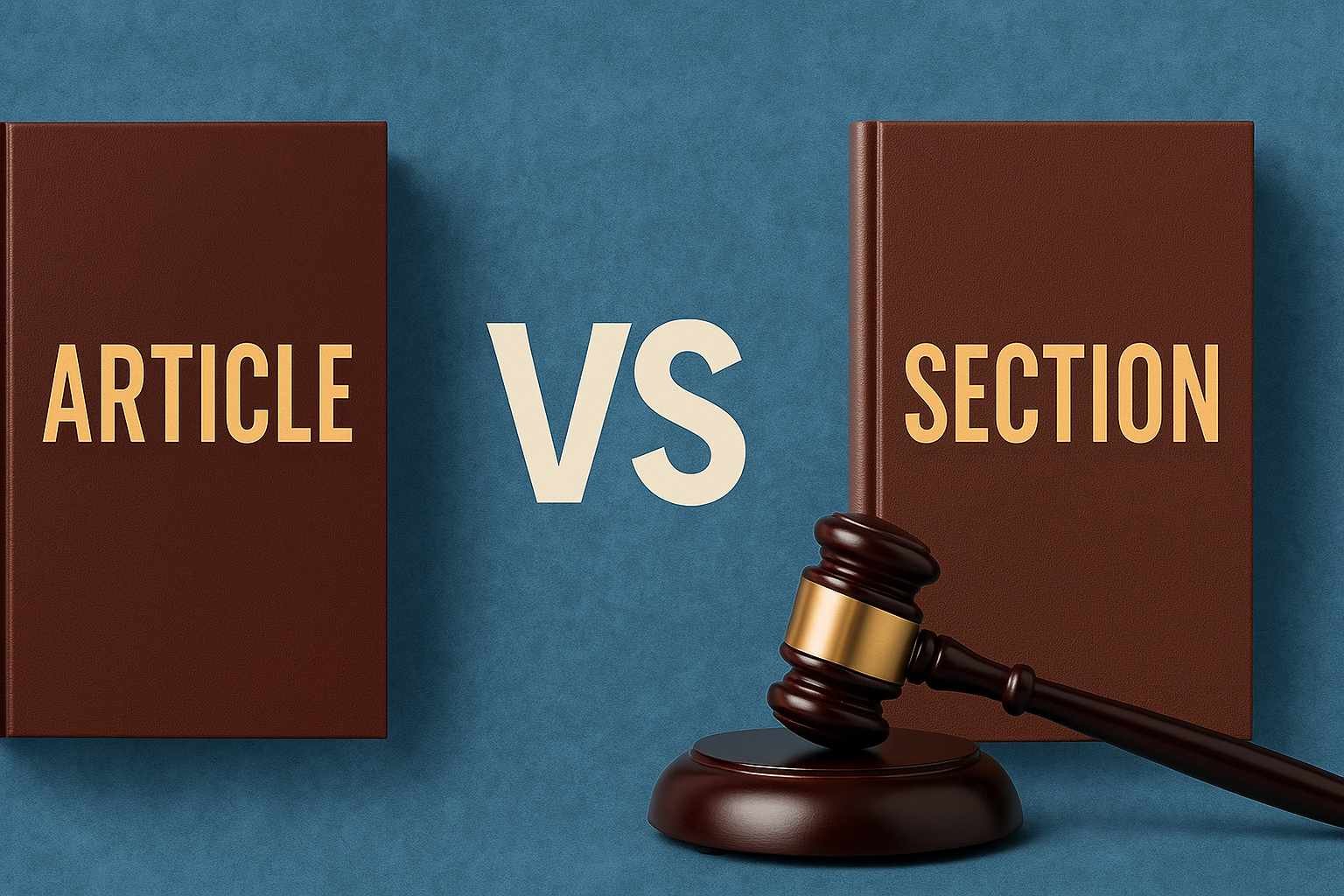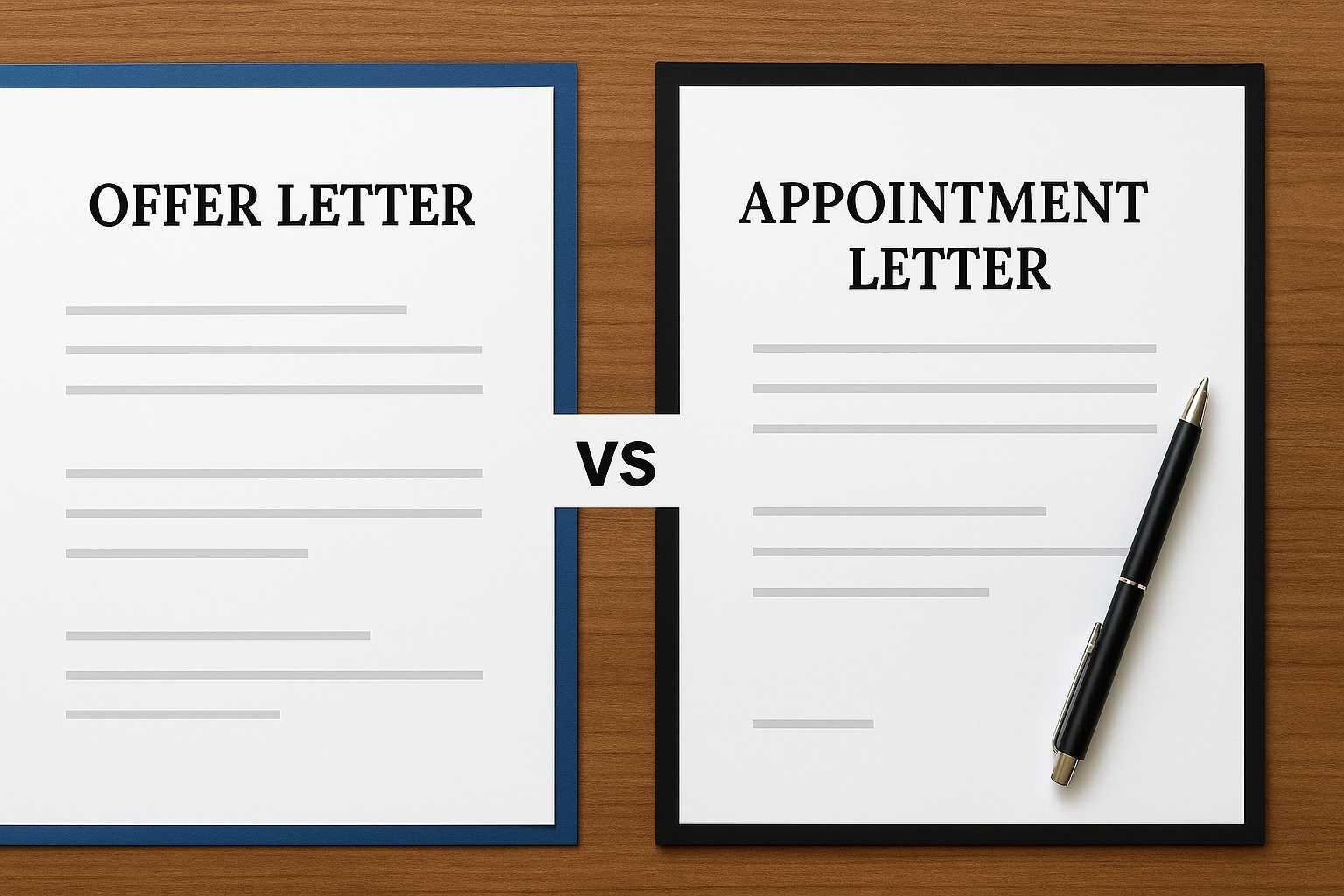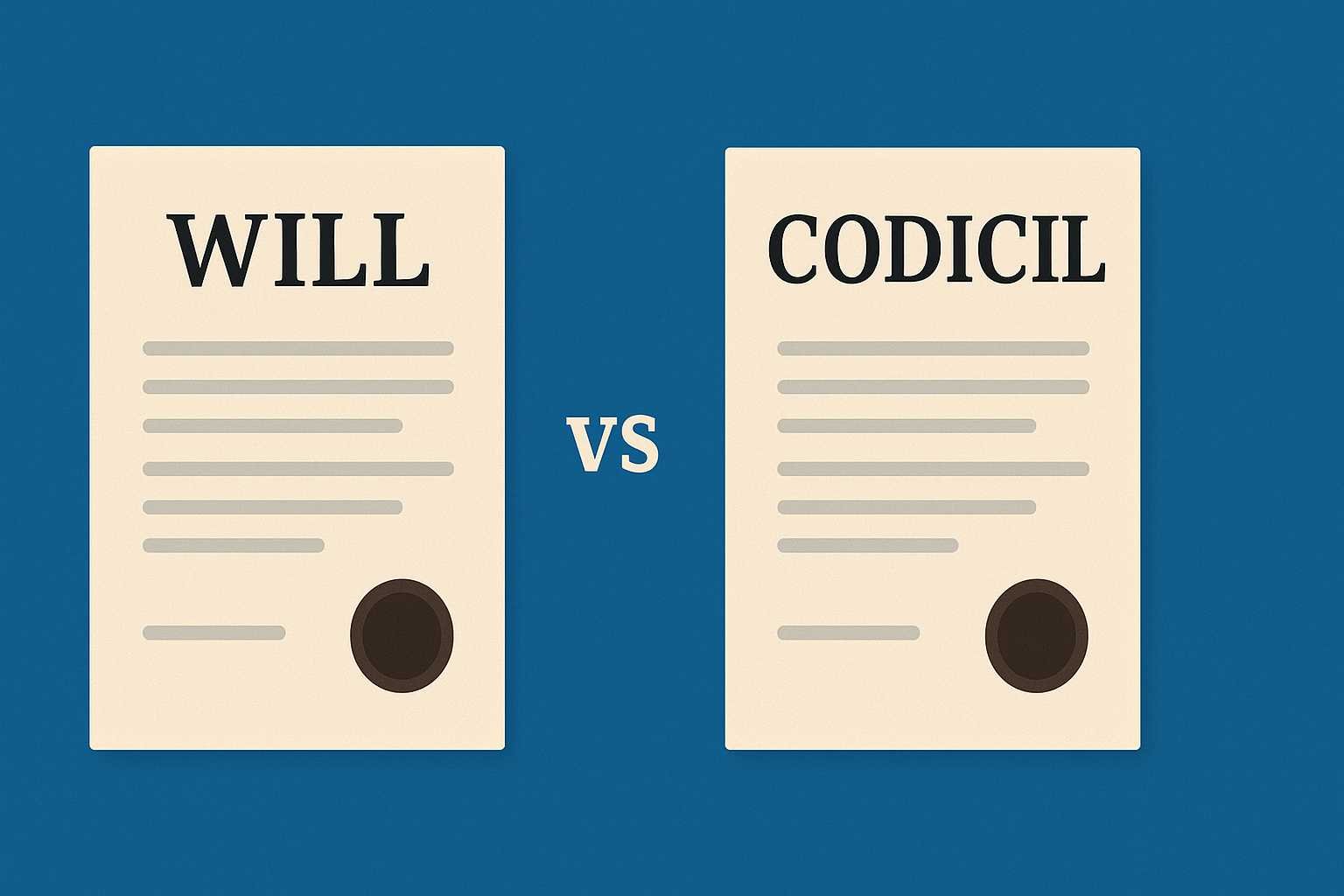On this page you will read detailed information about Juvenile Justice System in the United States.
As you explore the complex landscape of criminal justice in the United States, you’ll encounter a distinct system designed specifically for young offenders: the juvenile justice system. This separate framework aims to rehabilitate rather than merely punish, recognizing the unique developmental needs of youth. In this article, you’ll gain a comprehensive overview of how the juvenile justice system operates, from initial encounters with law enforcement to court proceedings and correctional measures. Understanding this system is crucial for anyone interested in criminal justice, social work, or public policy, as it plays a pivotal role in shaping the futures of young individuals who come into conflict with the law.
History and Origins of the Juvenile Justice System
Early Foundations
The juvenile justice system in the United States has its roots in the late 19th and early 20th centuries. Prior to this period, children who committed crimes were treated much like adults in the criminal justice system. However, as societal attitudes toward children began to shift, so did the approach to juvenile offenders.
In 1899, the first juvenile court was established in Cook County, Illinois. This groundbreaking institution marked the beginning of a separate justice system for young offenders. The founding principle was that children, due to their developmental stage, should be treated differently from adults and given opportunities for rehabilitation rather than punishment.
Progressive Era Reforms
The creation of juvenile courts was part of larger Progressive Era reforms aimed at addressing social issues. Reformers believed that delinquent behavior in youth was often a result of environmental factors rather than inherent criminality. This shift in perspective led to a focus on rehabilitation and education rather than punitive measures.
During this time, the concept of “parens patriae” (the state as parent) became central to the juvenile justice philosophy. This doctrine allowed the state to act in the best interests of the child, even if it meant overriding parental authority. The goal was to provide guidance and support to wayward youth, helping them become productive members of society.
Mid-20th Century Developments
As the juvenile justice system evolved, it faced challenges and criticisms. In the 1960s and 1970s, concerns arose about the lack of due process rights for juveniles in court proceedings. This led to landmark Supreme Court cases, such as In re Gault (1967), which established that juveniles have the right to legal representation and other constitutional protections in delinquency proceedings.
These legal developments marked a shift towards a more formalized juvenile justice system, balancing the original rehabilitative goals with increased procedural safeguards. The system began to more closely resemble adult criminal courts, while still maintaining separate facilities and programs for youth offenders.
Late 20th Century Trends
The latter part of the 20th century saw a pendulum swing in juvenile justice policies. In the 1980s and 1990s, amid concerns about rising youth crime rates, many states adopted tougher policies. These included lowering the age at which juveniles could be tried as adults and implementing “zero tolerance” policies in schools.
However, by the early 2000s, there was a growing recognition that these punitive approaches were not effectively reducing juvenile crime or promoting rehabilitation. This realization, coupled with advances in adolescent brain science, led to a renewed focus on alternative interventions and community-based programs for juvenile offenders.
Modern Perspectives
Today, the juvenile justice system continues to evolve, striving to balance public safety concerns with the unique needs of young offenders. There’s an increased emphasis on evidence-based practices, trauma-informed care, and addressing racial and ethnic disparities within the system. The ongoing challenge is to create a system that effectively prevents juvenile crime, rehabilitates young offenders, and supports their successful reintegration into society.
In the previous post, we had shared information about The No Child Left Behind Act: An Overview, so read that post also.
Key Components of the Juvenile Justice System
The juvenile justice system in the United States is a complex network of agencies and processes designed to address youth offending. Understanding its key components is crucial for comprehending how the system operates and impacts young individuals. Let’s explore the main elements that form the backbone of this specialized legal framework.
Law Enforcement and Arrest
The first point of contact between a juvenile and the justice system often occurs through law enforcement. When a youth is suspected of committing an offense, police officers have several options:
- Issue a warning and release the juvenile
- Refer the case to juvenile court
- Make an arrest
Officers are trained to consider factors such as the severity of the offense, the youth’s age, and prior record when making these decisions. The goal is to balance public safety with the best interests of the young person involved.
Intake and Detention
Once a case reaches the juvenile court, intake officers play a crucial role. They review the circumstances and decide whether to:
- Dismiss the case
- Handle the matter informally
- File formal charges
In some instances, a juvenile may be held in a detention facility while awaiting further proceedings. However, detention is typically reserved for serious offenses or cases where the youth poses a risk to themselves or others.
Diversion Programs
Many jurisdictions offer diversion programs as an alternative to formal court proceedings. These initiatives aim to redirect low-risk offenders away from the traditional justice system. Diversion may include:
- Community service
- Counseling
- Educational programs
- Restitution to victims
Successfully completing a diversion program often results in the dismissal of charges, giving youth a chance to avoid a formal record.
Adjudication and Disposition
If a case proceeds to court, the adjudication process is similar to an adult trial, but with key differences. Juveniles are not found “guilty” but rather “adjudicated delinquent.” The judge, not a jury, typically makes this determination.
Following adjudication, the disposition phase determines the appropriate course of action. Options may include:
- Probation
- Placement in a residential facility
- Mandatory participation in treatment programs
- Community-based sanctions
The focus is on rehabilitation rather than punishment, with an emphasis on addressing the underlying causes of delinquent behavior.
Aftercare and Reentry
For youth who have been placed in residential facilities, aftercare and reentry services are crucial components of the juvenile justice system. These programs aim to:
- Facilitate a smooth transition back into the community
- Provide ongoing support and supervision
- Connect youth with educational and vocational opportunities
- Reduce the likelihood of recidivism
Effective aftercare can significantly impact a young person’s ability to reintegrate successfully and avoid future involvement with the justice system.
Understanding these key components provides insight into the multifaceted nature of the juvenile justice system. Each element plays a vital role in addressing youth offending while striving to balance accountability with the unique developmental needs of young people. As society continues to evolve, so too does the juvenile justice system, adapting its approaches to better serve both youth and communities.
Differences Between Adult and Juvenile Courts
The juvenile justice system in the United States operates distinctly from the adult criminal justice system, with several key differences designed to address the unique needs and circumstances of young offenders. Understanding these distinctions is crucial for comprehending how the law treats minors who come into conflict with it.
Purpose and Philosophy
While adult courts focus primarily on punishment and public safety, juvenile courts emphasize rehabilitation and the best interests of the child. This fundamental difference shapes many aspects of the juvenile justice process, from arrest to sentencing. The goal is to provide guidance, support, and opportunities for reform rather than solely punitive measures.
Terminology and Proceedings
In juvenile court, the language used differs significantly from adult criminal court. For instance, juveniles are not “arrested” but “taken into custody.” They don’t have “trials” but “adjudication hearings.” These semantic differences reflect the system’s focus on rehabilitation rather than punishment.
Juvenile court proceedings are typically more informal and less adversarial than adult criminal trials. The judge often takes a more active role in questioning and may speak directly to the juvenile, creating a more personalized approach to justice.
Privacy and Record Sealing
One of the most significant differences is the level of privacy afforded to juvenile offenders. While adult criminal proceedings are generally open to the public, juvenile court hearings are usually closed to protect the minor’s identity and future prospects. Additionally, juvenile records are often sealed or expunged when the offender reaches adulthood, giving them a chance at a fresh start without the burden of a permanent criminal record.
Sentencing and Disposition
Juvenile courts have a wider range of disposition options compared to adult courts. These may include probation, community service, counseling, or placement in a juvenile detention facility. The focus is on rehabilitation and addressing the underlying issues that led to the delinquent behavior.
In contrast, adult courts typically have more limited sentencing options, often centered around fines and incarceration. The juvenile system’s flexibility allows for more tailored interventions that consider the offender’s age, family situation, and potential for reform.
Rights and Legal Representation
While juveniles are entitled to many of the same constitutional protections as adults, there are some differences. For example, juveniles do not have the right to a jury trial in most states. However, they do have the right to legal representation, and many jurisdictions automatically appoint an attorney for juveniles who cannot afford one.
Age Considerations and Jurisdiction
The juvenile court system typically handles cases involving offenders under 18, although this age limit can vary by state. Some serious offenses may be transferred to adult court, a process known as “waiver” or “transfer.” This decision often depends on the nature of the crime, the offender’s age, and their criminal history.
Understanding these differences is essential for navigating the juvenile justice system effectively. While the system is not without its critics, its distinct approach reflects society’s recognition that young offenders require a different form of justice—one that balances accountability with the opportunity for growth and rehabilitation.
Current Challenges and Issues Facing the Juvenile Justice System
The juvenile justice system in the United States faces numerous challenges as it strives to balance public safety with the rehabilitation of young offenders. These issues span from systemic inequalities to resource constraints, creating a complex landscape that demands innovative solutions and ongoing reform efforts.
Racial and Ethnic Disparities
One of the most pressing concerns in the juvenile justice system is the persistent racial and ethnic disparities. African American, Hispanic, and Native American youth are disproportionately represented at every stage of the process, from arrest to incarceration. This overrepresentation raises questions about systemic bias and the need for culturally responsive interventions. Addressing these disparities requires a multifaceted approach, including:
- Implicit bias training for law enforcement and court personnel
- Community-based alternatives to formal processing
- Culturally competent rehabilitation programs
Mental Health and Substance Abuse
Many youth in the juvenile justice system struggle with mental health issues and substance abuse problems. The system often lacks adequate resources to address these complex needs effectively. Improving mental health and substance abuse services is crucial for:
- Reducing recidivism rates
- Promoting successful rehabilitation
- Ensuring the overall well-being of justice-involved youth
Implementing comprehensive screening processes and expanding access to evidence-based treatment options are essential steps in tackling this challenge.
Balancing Accountability and Rehabilitation
The juvenile justice system must strike a delicate balance between holding youth accountable for their actions and providing opportunities for rehabilitation. This tension is particularly evident in cases involving serious offenses or repeat offenders. Policymakers and practitioners grapple with questions such as:
- When is it appropriate to transfer juveniles to adult court?
- How can the system effectively address the needs of chronic offenders?
- What alternatives to incarceration can promote accountability while fostering positive development?
Finding innovative approaches that prioritize both public safety and youth development remains an ongoing challenge.
Resource Constraints and System Capacity
Many juvenile justice systems face significant resource constraints, limiting their ability to implement effective programs and services. Overcrowded detention facilities, understaffed probation departments, and insufficient funding for community-based alternatives can hinder the system’s ability to achieve its goals. Addressing these capacity issues requires:
- Increased funding for evidence-based programs
- Streamlined processes to reduce unnecessary detentions
- Collaboration with community partners to expand available resources
By investing in a comprehensive continuum of care, the system can better meet the diverse needs of justice-involved youth and their families.
Adapting to Emerging Issues
The juvenile justice system must continually evolve to address emerging challenges. Recent issues include the impact of social media on juvenile behavior, the rise of cybercrime, and the need for trauma-informed approaches. Staying ahead of these trends requires ongoing research, professional development, and policy adaptation to ensure the system remains responsive to the changing landscape of juvenile delinquency.
By addressing these challenges head-on, the juvenile justice system can work towards creating more equitable, effective, and rehabilitative outcomes for youth while maintaining public safety.
The Importance of Rehabilitation and Prevention
Shifting Focus from Punishment to Rehabilitation
In recent years, the juvenile justice system has increasingly recognized the critical importance of rehabilitation over punitive measures. This shift acknowledges that adolescents’ brains are still developing, making them more susceptible to peer influence and impulsive decision-making. By focusing on rehabilitation, we aim to address the root causes of delinquent behavior and provide young offenders with the tools they need to become productive members of society.
Rehabilitation programs often include educational opportunities, vocational training, and counseling services. These interventions are designed to help juveniles develop crucial life skills, improve their decision-making abilities, and address any underlying mental health or substance abuse issues. By investing in these programs, we not only give young offenders a second chance but also reduce the likelihood of recidivism, ultimately benefiting society as a whole.
The Role of Prevention in Juvenile Justice
While rehabilitation is crucial for those already in the system, prevention plays an equally vital role in reducing juvenile delinquency. Effective prevention strategies aim to address risk factors before they lead to criminal behavior. These programs often target areas such as:
- Family dysfunction
- Poverty
- Substance abuse
- Mental health issues
- Educational challenges
By implementing comprehensive prevention programs, communities can significantly reduce the number of youth entering the juvenile justice system in the first place. This proactive approach not only saves resources but also protects young people from the potentially damaging effects of involvement with the criminal justice system.
Collaborative Efforts for Success
Successful rehabilitation and prevention efforts require collaboration between various stakeholders, including:
- Schools
- Community organizations
- Law enforcement agencies
- Mental health professionals
- Social services
By working together, these entities can create a support network that addresses the complex needs of at-risk youth and those already involved in the juvenile justice system. This collaborative approach ensures that interventions are comprehensive, culturally sensitive, and tailored to the specific needs of each community.
Measuring Success and Adapting Strategies
To ensure the effectiveness of rehabilitation and prevention programs, it’s crucial to implement robust evaluation methods. By collecting and analyzing data on program outcomes, policymakers and practitioners can identify what works and what doesn’t, allowing for continuous improvement and adaptation of strategies.
Key metrics for evaluating success may include:
- Recidivism rates
- Educational attainment
- Employment rates
- Substance abuse reduction
- Improved family relationships
By focusing on these outcomes, we can gauge the long-term impact of our efforts and make data-driven decisions to enhance the effectiveness of juvenile justice interventions.
In conclusion, prioritizing rehabilitation and prevention in the juvenile justice system represents a forward-thinking approach that recognizes the unique needs and potential of young offenders. By investing in these strategies, we not only give troubled youth a chance at a better future but also create safer, more resilient communities for all.
Conclusion
As you have learned, the juvenile justice system in the United States aims to rehabilitate young offenders while protecting public safety. However, significant challenges remain, including racial disparities, overcrowding, and debates over trying juveniles as adults. Moving forward, it is crucial to continue reforming the system to prioritize prevention, education, and evidence-based interventions. By addressing the root causes of juvenile delinquency and providing appropriate support services, you can help create a more effective and equitable system. Ultimately, investing in youth and giving them opportunities to succeed benefits not only individual juveniles but also strengthens families, communities, and society as a whole.
Disclaimer
The information and services on this website are not intended to and shall not be used as legal advice. You should consult a Legal Professional for any legal or solicited advice. While we have good faith and our own independent research to every information listed on the website and do our best to ensure that the data provided is accurate. However, we do not guarantee the information provided is accurate and make no representation or warranty of any kind, express or implied, regarding the accuracy, adequacy, validity, reliability, availability, or completeness of any information on the Site. UNDER NO CIRCUMSTANCES SHALL WE HAVE ANY LIABILITY TO YOU FOR ANY LOSS OR DAMAGE OF ANY KIND INCURRED AS A RESULT OR RELIANCE ON ANY INFORMATION PROVIDED ON THE SITE. YOUR USE OF THE SITE AND YOUR RELIANCE ON ANY INFORMATION ON THE SITE IS SOLELY AT YOUR OWN RISK. Comments on this website are the sole responsibility of their writers so the accuracy, completeness, veracity, honesty, factuality and politeness of comments are not guaranteed.
So friends, today we talked about Juvenile Justice System in the United States, hope you liked our post.
If you liked the information about Juvenile Justice System in the United States, then definitely share this article with your friends.

